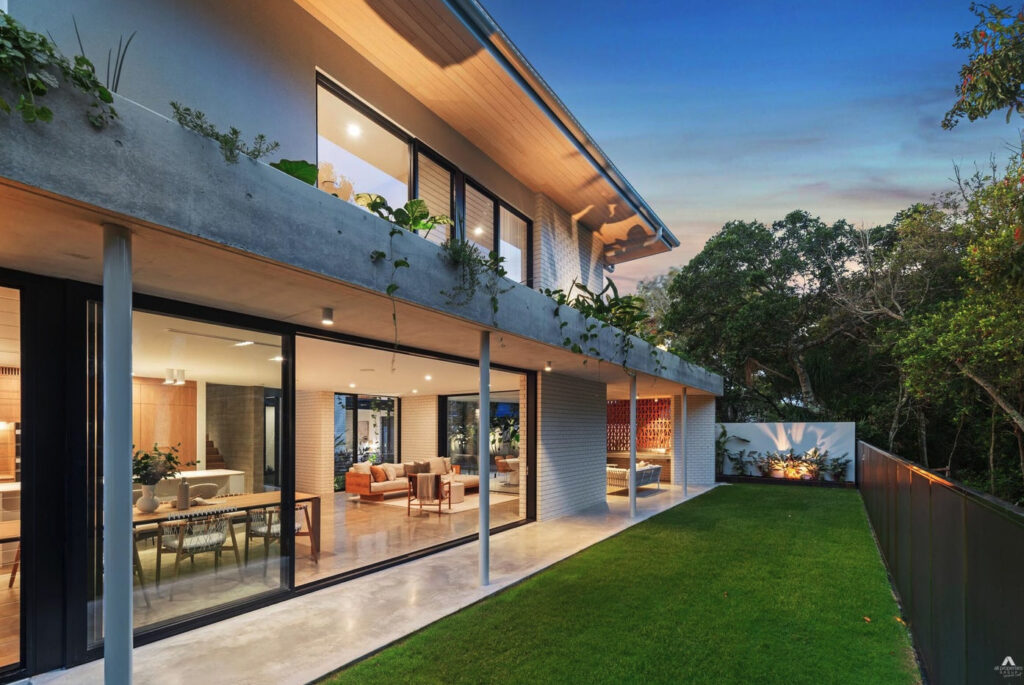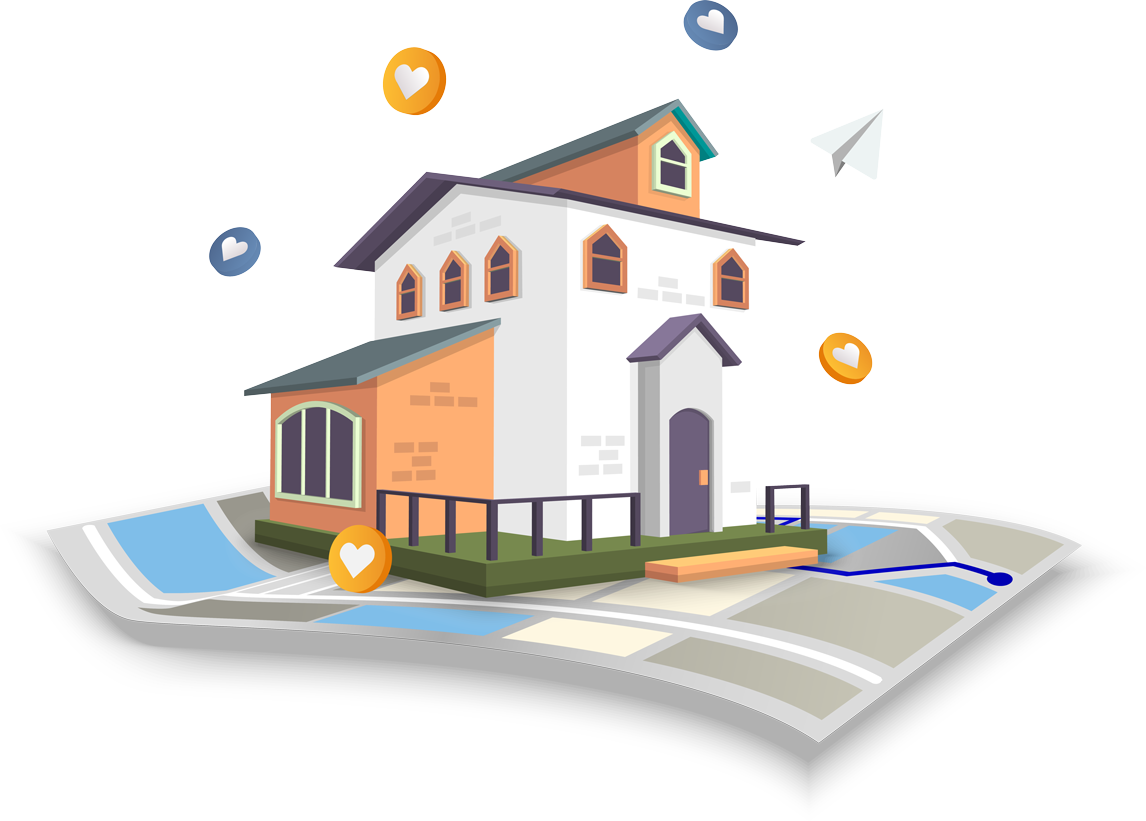The Rise of Sustainable Housing in Australia
As climate change becomes an ever-pressing concern, Australians are increasingly turning to sustainable housing as a solution to reduce their environmental footprint and promote energy efficiency. The rise of sustainable housing in Australia reflects a growing awareness of the need for greener living solutions and the benefits they offer. This blog post explores the key trends and innovations shaping the sustainable housing sector in Australia and highlights why it’s becoming an essential part of the country’s future.
What is Sustainable Housing?
Sustainable housing refers to buildings designed, constructed, and operated with minimal impact on the environment. This concept encompasses energy efficiency, water conservation, sustainable materials, and the reduction of carbon emissions. In Australia, sustainable housing often incorporates features such as solar panels, rainwater harvesting systems, energy-efficient appliances, and environmentally friendly building materials.
The Growing Demand for Sustainable Housing
Several factors are driving the rise of sustainable housing in Australia:
Environmental Awareness: Australians are becoming more conscious of their environmental impact. With increasing concerns about climate change and natural resource depletion, many are seeking ways to live more sustainably. Sustainable housing offers a practical solution to this problem.
Government Initiatives: The Australian government has been proactive in promoting sustainable housing through various policies and incentives. Programs like the National Construction Code’s energy efficiency standards and incentives for solar panel installations have helped push the industry towards greener practices.
Technological Advancements: Innovations in building technology and materials have made sustainable housing more accessible and affordable. From advanced insulation materials to smart home systems that optimize energy use, technology plays a crucial role in enhancing the sustainability of homes.
Economic Benefits: Sustainable homes can lead to significant cost savings over time. Energy-efficient appliances and renewable energy sources reduce utility bills, while sustainable building practices often result in lower maintenance costs and increased property value.

Key Trends in Sustainable Housing
Solar Power Integration: Solar panels are becoming a standard feature in new homes across Australia. With abundant sunshine, solar power is an effective way to reduce reliance on non-renewable energy sources and cut electricity bills.
Green Roofs and Walls: Green roofs and walls, covered with vegetation, provide natural insulation and improve air quality. They also help reduce the urban heat island effect, which is particularly beneficial in Australia’s hot climate.
Water Conservation: Rainwater harvesting systems and greywater recycling are gaining popularity. These systems help reduce the demand on municipal water supplies and provide an eco-friendly alternative for irrigation and other non-potable uses.
Sustainable Materials: The use of recycled, reclaimed, or sustainably sourced materials is becoming more common. Bamboo flooring, recycled steel, and low-VOC paints are just a few examples of materials that contribute to a more sustainable building process.
Smart Home Technology: Integrating smart home technology allows homeowners to monitor and control their energy usage more efficiently. Smart thermostats, lighting systems, and energy management tools help optimize energy consumption and reduce waste.
The rise of sustainable housing in Australia represents a positive shift towards a more environmentally responsible and resilient future. As more people and communities embrace sustainable living, the benefits will ripple through the economy and the environment, paving the way for a greener and more sustainable Australia.






